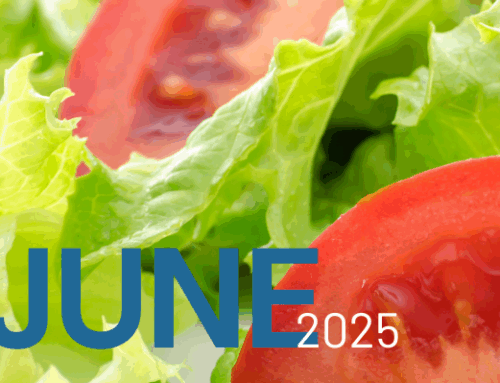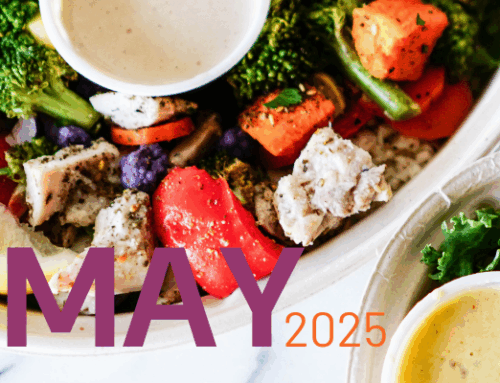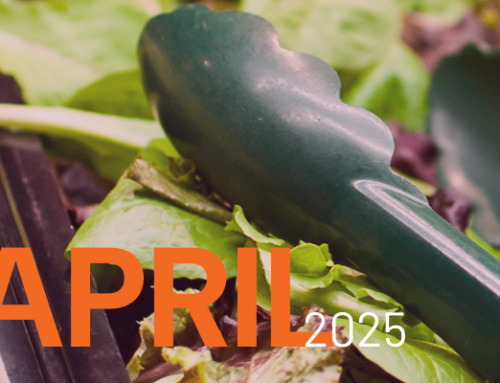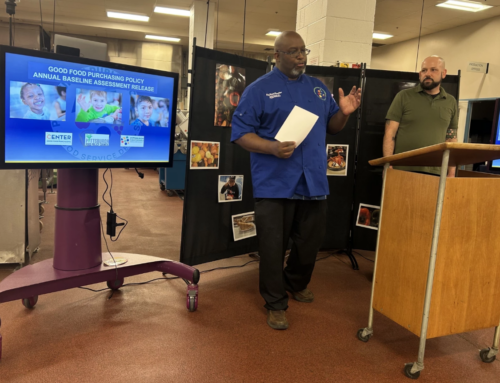As we look ahead to re-open the country post-COVID, we also have the chance to re-work our public relationship to our food system, and mend its broken aspects in a way that will better meet community needs and values in our “new normal” future. Highlighted during this time is the food insecurity of much of our population, and the fragile aspects of the food supply chain.
The shutdown of food service has left many farmers and food processors dangling with an estimated $689 million decline in sales, imperiling livelihoods. Food products from a hyper-efficient and vertically integrated supply chain are also more vulnerable than before, as shown by the threat to commodity meat supply due to virus outbreaks in the small number of packing plants remaining, a consequence of extreme market consolidation.
We‘ve already seen how local governments have been the command centers of the frontline responses to the public health crisis and its economic fallout. They’ve also been immersed in food distribution through school food and food banks, and are learning how to match unused restaurant capacity with the growing community need for meal support, as with the model of the World Central Kitchen.
Local governments can take the lessons learned from their impressive crisis coordination efforts to address the underlying distortions in the food system revealed in this pandemic. Pre-COVID, there was increasing recognition that long, globalized supply chains (local food is at an average of 10% per region) and the bloated production of commodity crops created paradoxes of poverty in the midst of plenty. The largest agricultural regions had the worst food access problems, and the highest rates of poverty, diet-related disease, air and water pollution. And, while food picked and packaged by this low wage, primarily immigrant workforce was exported, disadvantaged urban communities were suffering from disproportionate levels of diabetes and obesity because local markets were awash in junk food that was cheap in cost but high in calories and low in nutritional value. It was partly a problem of equitable distribution, starkly highlighted now.
And while we were feeding the world, we were starving our soils, stripping them of their natural nutrients by industrial-style farming techniques for the sake of economies of scale. There has been growing awareness of a host of other problems, such as the discharge of pollutants to air and water, the dwindling viability of our millions of smaller farms, and the extraction of labor to pick, process, package, deliver and serve. In other words, our relationship to food was largely abstracted into opaque commercial transactions with consequences invisible to the plate.
In the last decade, cities have increasingly recognized their leading role in upgrading food systems to comport with 21st Century values of people and planet. The Milan Urban Food Policy Pact, created in 2014, is an international pact of 209 cities from around the world, representing 450 million people. The signatories (only nine of which are US cities) agree to be monitored for their commitment to the pact, which includes interdepartmental coordination for food distribution through the lens of social protection, nutrition, and equity, through shorter supply chains — meaning, a closer and more visible relationship between supply and demand. The C40, a network of the world’s megacities recently launched a Food, Waste and Water Initiative; last year, Los Angeles Mayor Garcetti (currently the C40 chair) joined 13 other cities in signing a Good Food Cities Declaration, which includes a commitment to use their purchasing power for planetary and dietary health.
We have an opportunity now to assure quantifiable progress toward the goals to which our cities have committed.
In the ten years since we created the first food policy framework for the City of LA and launched the Los Angeles Food Policy Council, a program we developed to evaluate public food purchasing is now in 40 public institutions in 18 cities around the country. We’ve been working closely with regions, including New York, Minneapolis, Colorado, Chicago, Cincinnati, California, Austin and elsewhere on their food system goals.
What we’ve learned is that food system change works most effectively and comprehensively where certain core elements are in place: a collaborative, multi-sector coalition (like a food policy council) focused on a localized food system with shared values of community, equity, economic and environmental health; quantifiable goals to direct the purchasing power of large anchor institutions (such as schools and hospitals) toward increasing economic viability along a values-based supply chain; supply chain infrastructure that includes mission-driven centers of aggregation and distribution (food hubs); and local government leadership connecting the dots within and across the many city and county agencies that intersect with food — which should include the workforce and economic development teams, since our essential food system workers are around one sixth of the nation’s workforce.
Those regions with these elements in place, and the political will to commit to a public relationship to food through accountability and transparency in targeted purchasing goals, can make impressive incremental shifts in supporting their local environment and food economy, including job creation. Through the data we’ve been collecting over the last several years, we’ve seen institutions double their food purchases from local producers, with 22% of public food dollars invested into the local economy and creating hundreds of new jobs. The institutions with whom we work have also markedly increased their purchases of environmentally sustainable and fairly produced food.
A “Good Food” system — one that is rooted in community resilience, equity, sustainability, and health — should be built on those pillars, in these ways:
- Increase the economic viability of regional high road, small business and earth friendly producers by establishing aggregate regional purchasing targets from anchor institutions, such as school districts, hospitals, universities, and jails.
- Back up those targets through contractual commitments, and agree to tracking and public reporting on progress towards the collective regional goals.
- Develop and direct financial incentives through those Good Food supply chains to enable purchasing support for fair wages and climate-friendly food production practices such as soil health. Incentives should include an increase in school meal reimbursements for the procurement of local, sustainable, fair, and humanely produced foods to provide all students access to nutritious, high-quality, local food, building on the pioneering local food incentive models established in Michigan, Oregon, and New York.
- Dedicate a permanent stream of government funding for value-chain innovation among regional suppliers to create those shorter supply chains. That could include mission-driven distribution infrastructure in food hubs dedicated to intermediary work between local small- to mid-sized farmers and food businesses, and public institutions, neighborhood markets and community serving organizations. Those areas that had such mission-aligned food hubs were able to pivot quickly toward redirecting their supply chains to areas of need, such as the The Common Market, which provides support for local farmers and emergency food relief in New York, Georgia, and Texas. There should also be investment in localized and decentralized meat, grain, and produce processing facilities that support local ranchers and growers to enable their operations to get to mid-scale; and infrastructure upgrades such as the $500 million bond measure passed in 2012 in Oakland to build a central kitchen for the school district and serve as a food hub, community kitchen, and learning garden.
- Invest in soft infrastructure, the people power to coordinate and integrate the complex ecosystem of cross-sector partnerships between the public, private, and civic sectors critical for building, maintaining, and activating strong local and regional food systems, especially during times of crisis.
These actions would be investments in local, well-paying jobs, regional economic development, small business support, capital infrastructure and equipment, as well as in the health of our planet and people. They would also foster supply chain transparency and public accountability, attributes of good governance that should apply to our food system in greater measure. During this crisis, we’ve seen how necessary it is to have clear lines of coordination along the supply chain. Transparency, oversight and robust coordination will facilitate a system to serve community needs at all times — especially in times of crisis.
Municipal leaders could commit to using these strategies to ensure that perhaps 30% of the regional food supply will function in this Good Food system by 2030. Cities achieved similar goals when they adopted renewable portfolio standards and committed to, for example, 50% renewable energy by 2030, aligning public policies behind those targets. We could generate similar modern upgrades in our food system, which — as we are realizing more than ever — is even more of an essential public good than energy.
Paula Daniels was Senior Advisor on Food Policy to Mayor Antonio Villaraigosa; she and Alexa Delwiche are co-founders of the Center for Good Food Purchasing.
This article was published in collaboration with the Island Press Urban Resilience Project, which is supported by The Kresge Foundation and The JPB Foundation.





